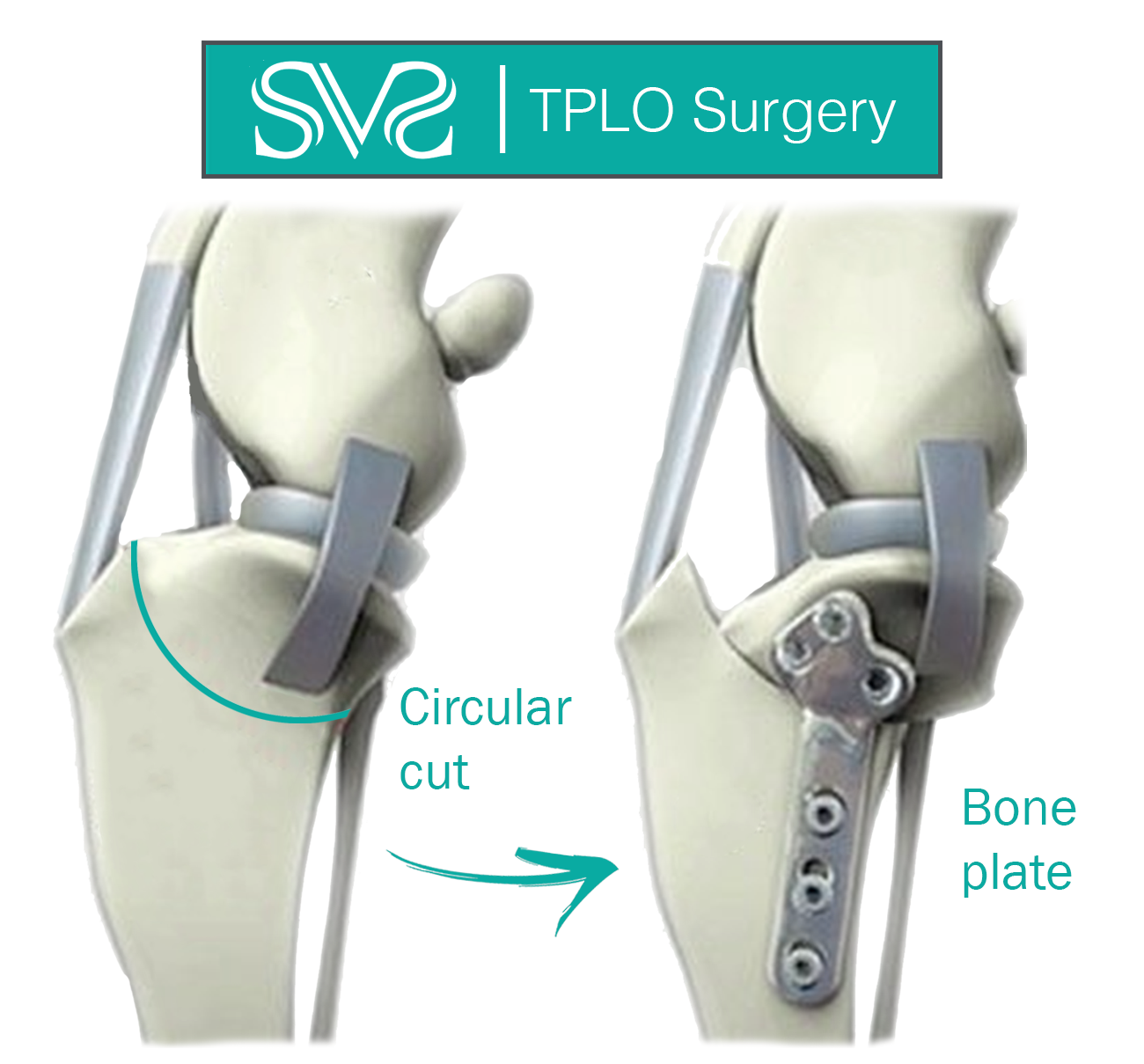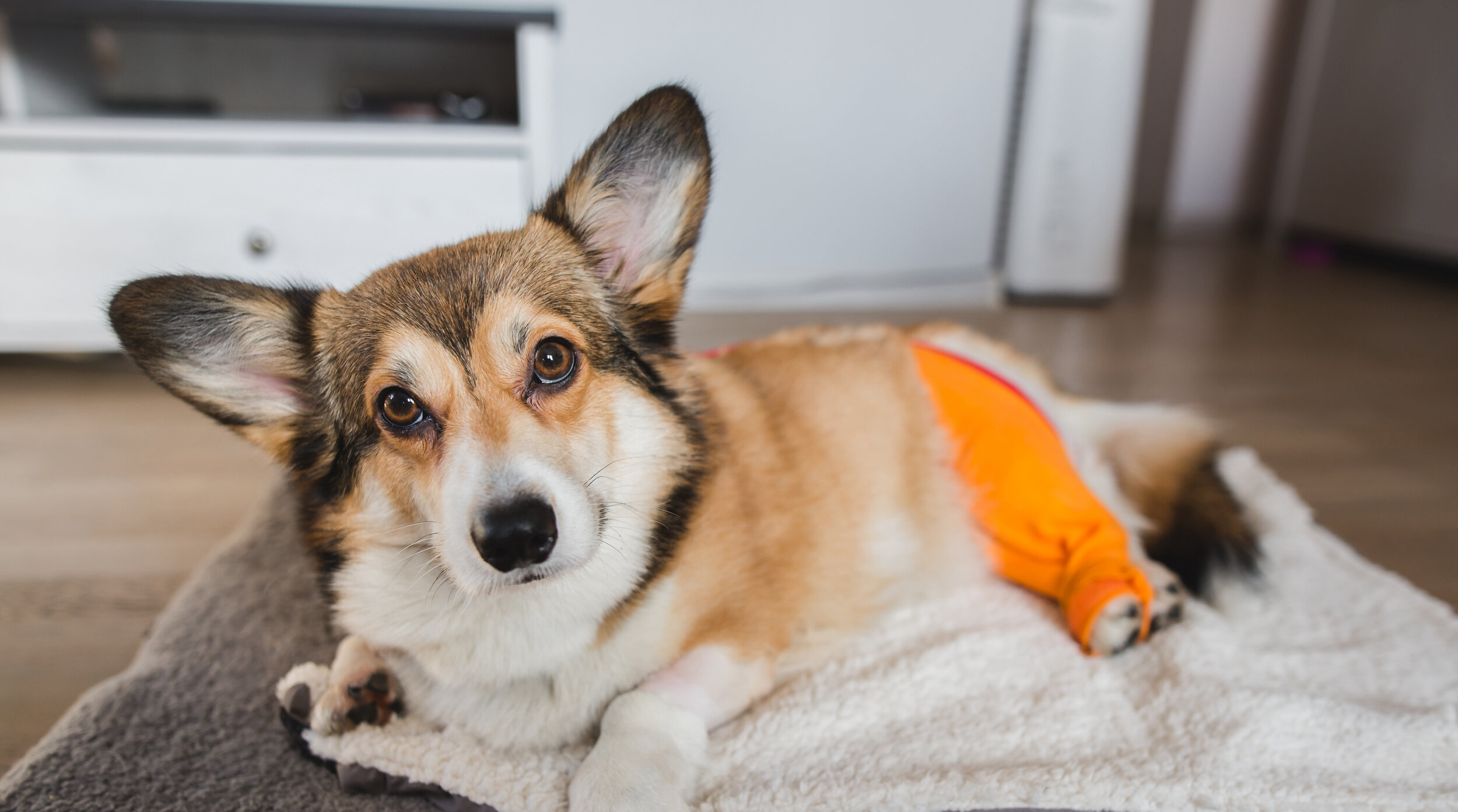
Tibial Plateau Leveling Osteotomy
(TPLO) Surgery
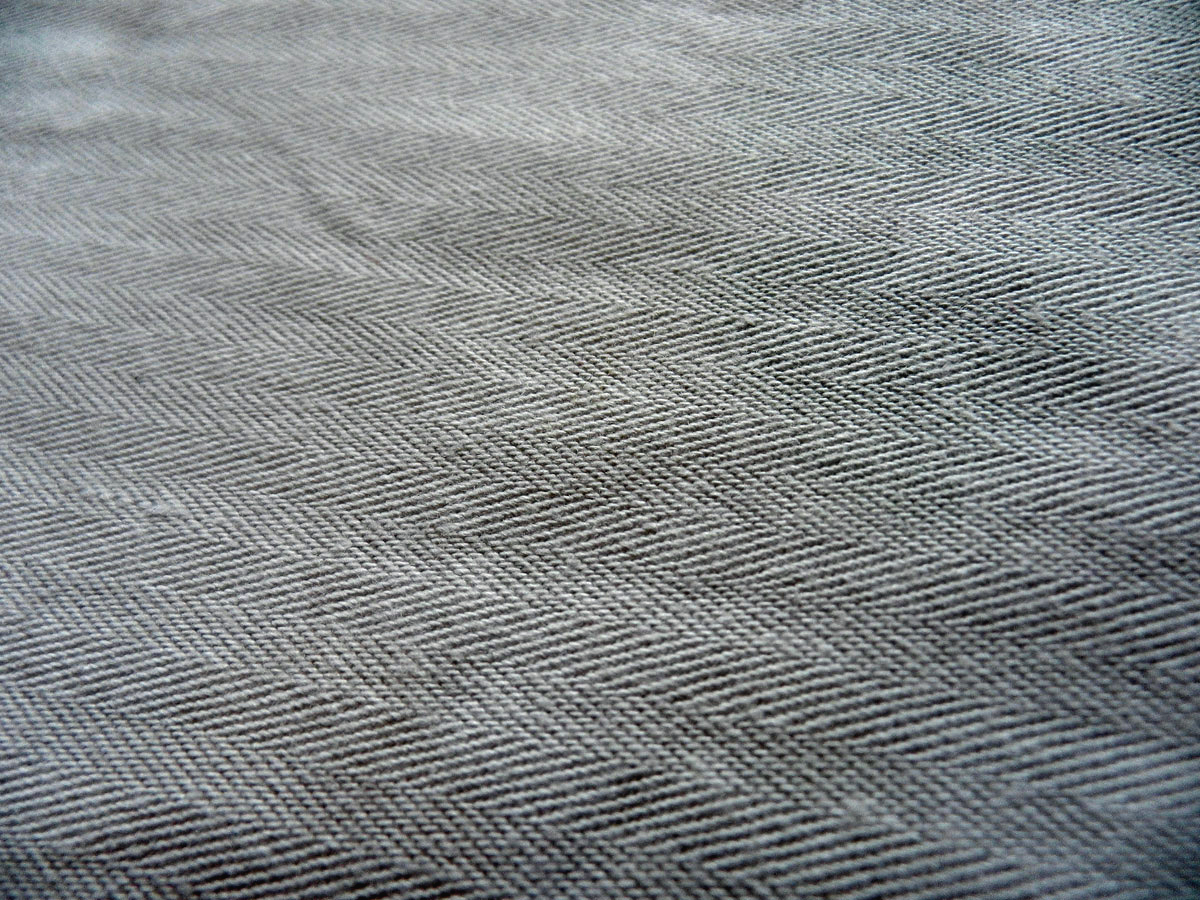
We're experts in pet knee surgery
What sets our TPLO process apart?
Since our SVS team focuses on small animal surgery, we have refined our skills and can offer the highest quality surgical medicine for the price. Our surgeon, Dr. Simon, preforms multiple TPLO’s on a weekly basis. She is now an expert at the locking TPLO technique and is also frequently complimented because of her excellent incision lines.
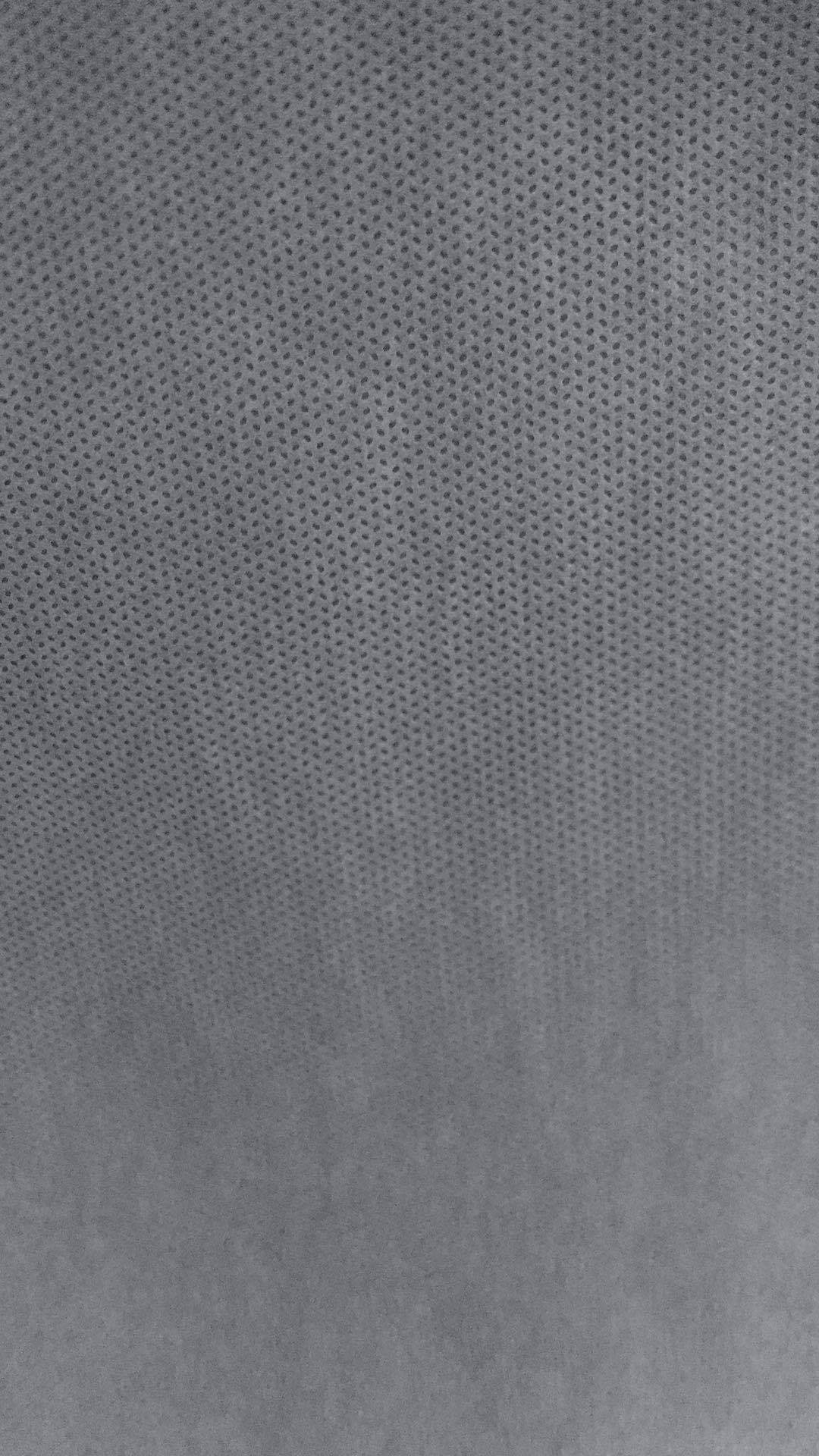
When is a TPLO needed?
A Tibial Plateau Leveling Osteotomy, or TPLO, is the preferred technique for correcting cranial cruciate ligament, or CCL, injuries in dogs and cats.
The CCL is one of two ligaments that cross within the stifle, or knee. This ligament is similar to the anterior cruciate ligament (ACL) in humans.
When the CCL is torn or injured, it can create a ‘cranial drawer’ motion, where there is excessive sliding between the tibia and femur bones. This joint instability can then lead to inflammation and pain, a reason why you might see your pet favoring a leg with a CCL injury. Left untreated, osteoarthritis caused by inflammation in the joint, will irreparably damage the joint cartilage, including the meniscus, which acts as a cushion between the femur and the tibia.
This is why it’s important to stabilize the joint - to prevent further osteoarthritis damage and the pain associated with it.
What is a TPLO?
A TPLO is a way of stabilizing the joint by changing the angle between the femur and tibia, reducing the amount that the tibia shifts forward during a stride.
Dr. Simon makes a semicircular cut through the top of the tibia, rotates the piece of bone that was cut, and fixes it in place with a locking plate and screws to allow the bone to heal in the new configuration. This realignment reduces mechanical stress and creates stability during a stride. It also reduces future joint inflammation, pain, and osteoarthritis.
If any meniscal damage is found during the surgery, this torn aspect will be removed as it is unlikely to heal on its own due to its naturally low blood supply.
As Dr. Simon closes up the incision, she injects a long-acting local anesthetic throughout each tissue layer so the patient remains comfortable in the days following the procedure.
Check out our blog for a behind the scenes look at how Dr. Simon performs a TPLO!
What size dogs can you do a TPLO surgery on?
TPLO surgery is a great option for all sizes and weights of dogs. Please let us know how much your dog weighs so we can give you the most accurate quote.
What happens if your pet doesn’t get a TPLO?
Dr. Simon always recommends repairing a CCL injuring. Unfortunately if it is not treated, you can expect your pet to have progressive severe arthritis, accompanied by chronic knee pain, decreased activity level, and an overall diminished quality of life.
How much does TPLO surgery cost?
The cost depends on several different factors and those clinics that list their prices before getting to know the situation may not have your loved one's best interest at heart. Contact us today and you can get a free quote in less than 5 minutes on the phone.
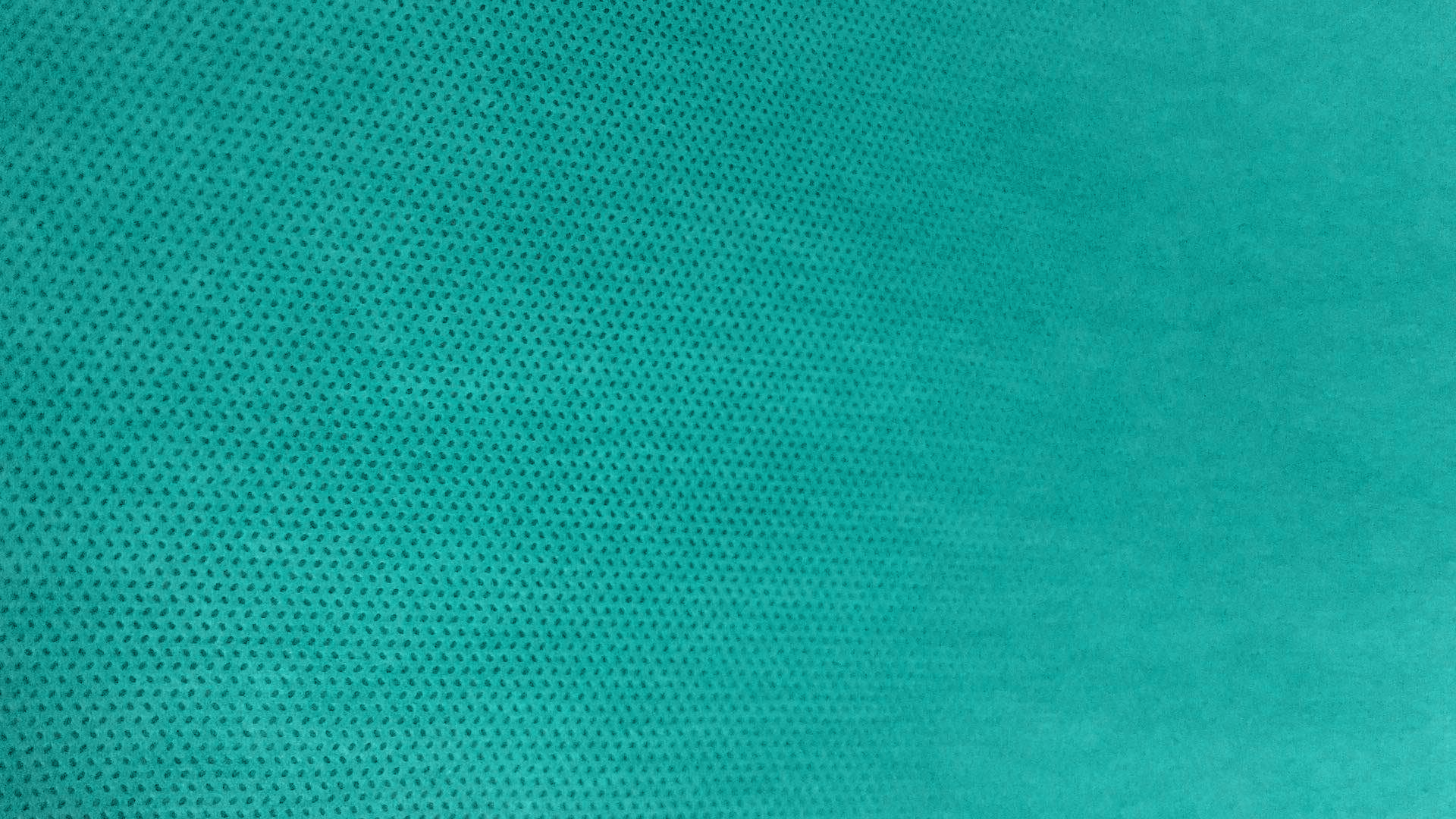
Does SVS do TPLO surgeries for cats?
We sure do. Though dogs require TPLO surgeries more frequently, Dr. Simon is very experienced with cat TPLO surgeries as well.
Are there other CCL repair options?
Dr. Simon usually recommends a TPLO technique over any other, as it has the highest success rate. However, there are other options for CCL repairs for which Dr. Simon might consider when evaluating your pet’s particular case.
Cora Based Leveling Osteotomy (CBLO)
Unlike the TPLO, the bone cut is outside of the joint and the rotation is inverted to adjust the weight bearing axis. It can be performed on young patients because the surgery does not involve the growth plate. It could also be good option for dogs with excessive tibial slope, which Dr. Simon will assess during her evaluation.
Extracapsular Lateral Suture Stabilization
To counter act the ‘cranial drawer’ caused by an injured CCL, a specifically placed suture is used as an anchor. The suture material is passed around the pea-sized fabella bone, through a bone tunnel created at the front of the tibia, looped back, and attached to itself. This technique is typically reserved for smaller dogs, under 25 pounds, because there is less weight and stress placed on their joints. However, for dogs of any size, a TPLO would still be the preferred methods, as stabilization of the joint through an osteotomy and bone plate will always be more secure than placing a suture.

What is the expected aftercare process?
The total recovery time after a CCL repair typically takes about 6 weeks. During this time, physical rehabilitation will be necessary to combat muscle atrophy, joint scar tissue, and reduced range of motion. We will also ask you to bring your pet back for recheck appointments, so we can monitor their progress. At these recheck appointment, our team will also use Cold Laser Therapy on the surgery site to accelerate the healing process. If you are interested, we also offer Platelet Rich Plasma (PRP) Therapy to encourage further healing.
After 6 months, we typically see our patients return to full function, minus the degree of arthritis that is already present. You can expect your pet to have uninhibited, unrestricted activity for the rest of their life.
Thought we don’t expect any complications, SVS offers as many free recheck appointments as needed. We want to make sure your pet has a full, healthy recovery.
See how Dr. Simon performs her progress exam following your pet’s TPLO surgery




